SEW
CUTE
TO CARRY
12 stylish bag patterns for
handbags, purses & totes
Melanie McNeice

www.stitchcraftcreate.co.uk

CONTENTS

HELLO!
It has truly been a fabulous journey creating this collection of fun and fresh bag designs to suit every possible occasion.
My first original design in 2006 was a handbag. Since that initial project I have developed a passion for creating new bag shapes using interesting fabric combinations. Bag making has been the first love along my sewing journey.
So what a pleasure it is to now introduce you to this collection of twelve unique bag designs, from clutches to changing bags, shoulder bags to shoppers. You will find projects to suit every skill level, from intermediate to more practised sewers: the skill level is clearly indicated by the number of  icons displayed at the start of each pattern (one for beginners, five for advanced sewers). I have included full-size templates for each of the projects, which can be found in the Pattern Pullout Sheet at the back of the book.
icons displayed at the start of each pattern (one for beginners, five for advanced sewers). I have included full-size templates for each of the projects, which can be found in the Pattern Pullout Sheet at the back of the book.
If you are patient and feel ready for a challenge then I like to think that whatever your skill level you can tackle most of the bags in this book. Do not be put off or scared by new techniques, as they are often a lot easier than you would ever imagine and can open up a whole new world of bag making possibilities. In the techniques section you will find more detailed explanations of many of the skills used I hope these will make you feel more confident and ready to tackle that new favourite bag!
Melly x

TOOLS & MATERIALS

Basic Sewing Tool Kit
Make sure you have the following items to hand before you embark on making any of the bags in this book. All the essentials specified here should be a part of your basic sewing tool kit:
- TRACING PAPER OR TEMPLATE PLASTIC
These are the best tools to use for tracing your bag patterns (see Pattern Pullout Sheet). I recommend these products in particular because you can clearly see your fabrics through them, making correct placement easier. The markings on the patterns can easily be transferred onto tracing paper or template plastic using a pencil or permanent marker. - FABRIC MARKERS
There are many different methods of marking your fabric and you will find an array of products on the market for this purpose. However, vanishing markers or tailors chalk are the best options in order to avoid making permanent marks on your bags. A light grey lead pencil is a handy substitute. - ROTARY CUTTER, MAT AND RULER
These tools are designed to make the cutting of strips and squares a simple and accurate procedure. Although highly recommended, they are not essential items and you can use a tape measure, ruler and scissors instead. - SEWING SCISSORS
These are frequently used when sewing any fabric project. I strongly recommend that you invest in good quality scissors to make your sewing experience more accurate and pleasurable. A quality pair of scissors in a large and small size will cover everything from cutting out your fabrics to snipping seams and threads. - SEWING THREAD
It is up to you as to your preference for using cotton or polyester thread. I often work with polyester thread when sewing bags as I find that it gives added strength and durability. Have thread available in a few colours to allow for different coloured fabric sometimes you may like to create a contrast with your stitching, but you will mostly want the thread to tone in with your project. Always have a neutral, black and red spool of thread on hand as a minimum. - SEWING MACHINE NEEDLES
Throughout the projects you will be sewing fabrics with varying degrees of thickness. Some materials will have a great deal of bulk, therefore you will need a good range of universal needles in sizes 70, 80, 90 and 100. Many people neglect to change needle sizes as a result they then have great difficulty in getting their machine to sew efficiently through a thick material and even experience tension issues. Always change needles as you work; for some projects you may need to swap needles several times. - HAND SEWING NEEDLE
There is a small amount of hand sewing involved in making bags and it is therefore necessary to have a good hand sewing needle. I use and recommend a good quality size 10 embroidery needle for any hand sewing.

Bag Making Tools and Materials
In this book I make reference to different materials, notions and hardware. I recommend that you plan for your bag making before the day you plan to sew. Interesting fabric, notions and hardware can make such a difference to your end result, so it is worth finding nice products to work with. Sometimes hardware can be difficult to track down at your local shops, so try searching online; you will be surprised how many lovely items can be found at home and overseas to add that professional wow factor to your work.
MATERIALS & NOTIONS
- FABRIC
I have only used 100% cotton fabrics and make reference to patchwork fabric and home dcor weight fabric. I like to use home dcor weight (medium/heavy weight) fabric for most bags over a certain size. I find that the extra weight in the fabric makes a much stronger, more structured bag that is hardwearing and will hold the correct shape. You can substitute home dcor weight fabrics for standard patchwork fabrics, but be aware that your end result will differ. - FUSIBLE FLEECE/INTERFACING
In all of my projects I refer to lightweight fusible fleece a white, lightweight interfacing that is often used in bag construction. It has a fusible glue surface on one side, and gives a thicker, softer structure. I prefer to use a lightweight fleece and then use it on both the main bag and the lining so that they both have adequate strength and structure. However, you can use a thicker fleece if you like, and omit interfacing the lining. I also may make reference to other interfacings, which will be standard dressmaking interfacing. - WEBBING
Webbing is a great product that can be used to create tough bag handles quickly. It is available in natural and synthetic fibres through some sewing supply shops, as well as online. Some patchwork fabric companies are starting to add webbing to their range of products. - CORD
Cotton cord is used to make piping or as a pull string. When being used for piping on a bag, use cord that is approximately 34mm (18in) in diameter. If you are using a dark fabric for your piping, try to find a dark coloured cord to ensure there is no show through.


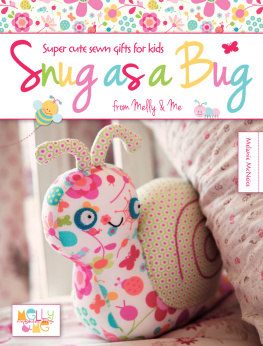

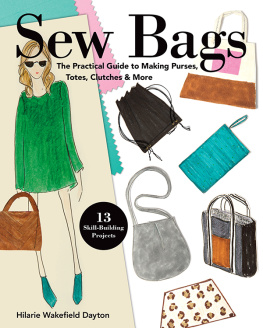
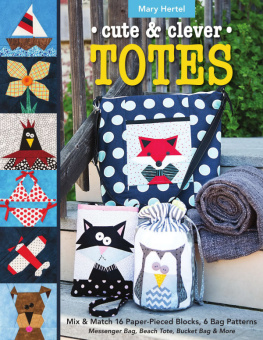
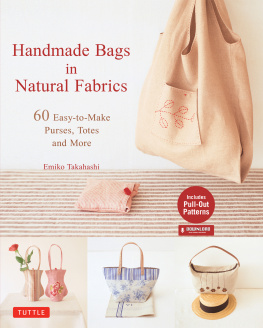

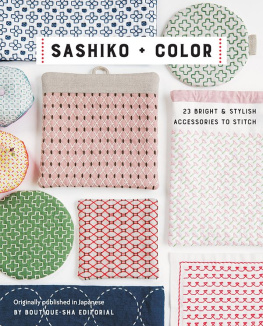
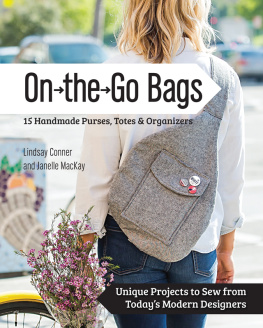
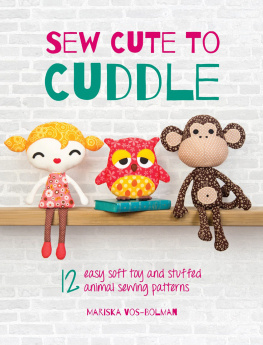
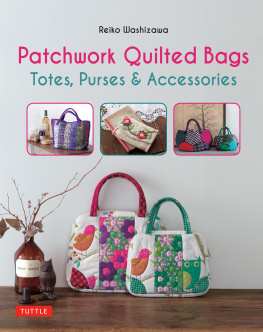
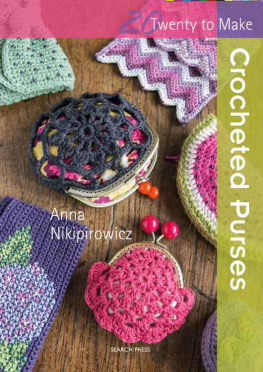




 icons displayed at the start of each pattern (one for beginners, five for advanced sewers). I have included full-size templates for each of the projects, which can be found in the Pattern Pullout Sheet at the back of the book.
icons displayed at the start of each pattern (one for beginners, five for advanced sewers). I have included full-size templates for each of the projects, which can be found in the Pattern Pullout Sheet at the back of the book.

